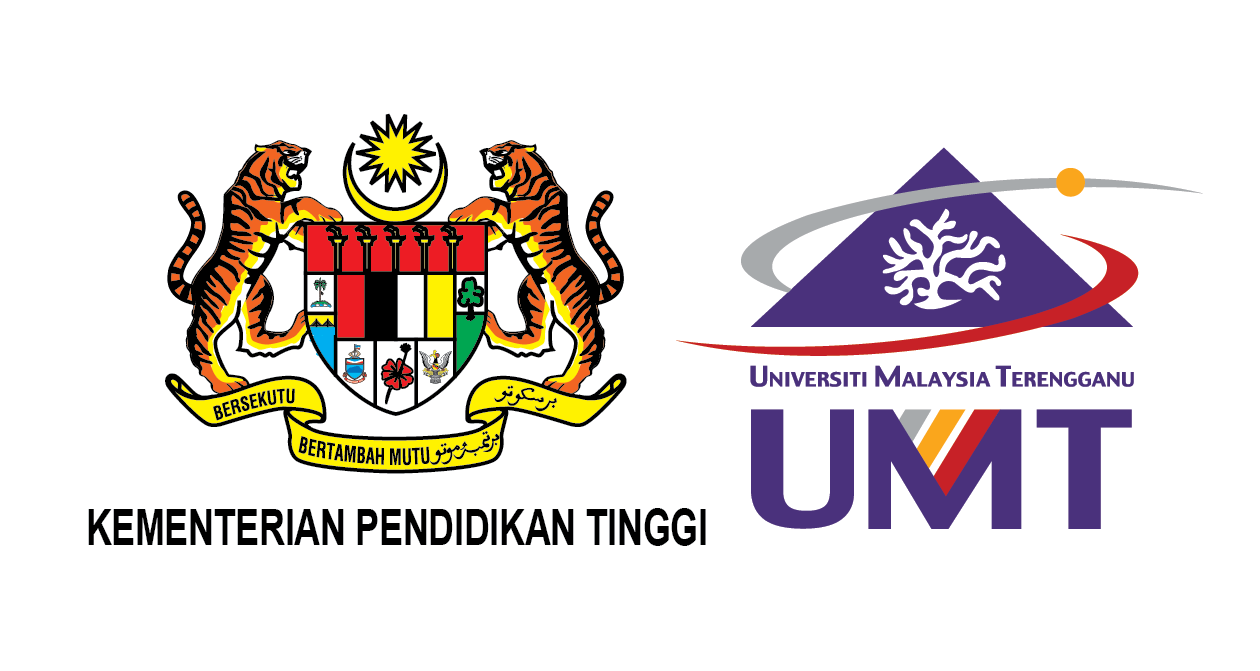Please use this identifier to cite or link to this item:
http://umt-ir.umt.edu.my:8080/handle/123456789/7131Full metadata record
| DC Field | Value | Language |
|---|---|---|
| dc.contributor.author | MOHD LOKMAN HUSAIN* | - |
| dc.contributor.author | B.SATYANARAYANA | - |
| dc.contributor.author | RAZARUDIN BIN IBRAHIM | - |
| dc.date.accessioned | 2017-10-04T04:56:13Z | - |
| dc.date.available | 2017-10-04T04:56:13Z | - |
| dc.date.issued | 2007 | - |
| dc.identifier.uri | http://hdl.handle.net/123456789/7131 | - |
| dc.description.abstract | The foraminiferal distribution in two mangrove core sediment samples collection from contrasting environments i.e., one from coastal plain (Kapal) and other from estuarine plain (Matang), was investigated. Althogether, 29 species represented by 12 families and 21 genera were encountered. At Kapar where salinity and pH are presumably high (sandy loam soil), the marine cakcareous forams (6555ǂ826 ind cm−₃,mean ǂ1SD) dominated the population, while Matang sediment was represented by agglutinated forams (94ǂ115ind cm-₃)characteristic of brackish water, and distributed under low salinity and pH regimes (silty loam with peat). The foraminiferal diversity indices are low fpr noth Kapar (mean d’0.7, H’0.8 and J’0.5) and Matang (mean d’0.6, H’0.9 and J’0.8), albeit the population was rich in Kapar (404ǂ654 ind cm-₃). On the basis of routines (e.g. BVSTEP,SIMPER) implemented in PRIMER (Plymouth Routines in Multivariate Ecological Research,UK), it was possible to demonstrate that species such as Ammonia beccarii Arenoparrella mexicana, Elphodium discoidale and Haplophragmoides wilberti played a key role in discriminating the foraminiferal species associations (groupings) at Kapar and Matang. The faunal abundance (root-transformed data) indicated 7 groupings (Bray-Curtis similarity: 44%) in the down-core samples. While groups 1-5 represented the combination of species found exclusively in Kapar, Groups 6-7 were characteristic of Matang environment. In summary, the fauna at Kapar implies brackish intertidal environment with hyperhaline condition (salinity :25-30 psu and Ph:7-8), where Ammonia beccarii (375ǂ620 ind cm-₃) and Elphidium discoidale (68ǂ118 ind cm-₃) outnumbered all others; Matang species indicated an estuarine upper to uppermost intertidal environment (salinity : 18-26psu and Ph:6-7) dominated by Haplophragmoides wilberti (44ǂ63 ind cm-₃) and Arenoparrella mexicana (25ǂ30 ind cm-₃). Species distribution throughout the core sample (surface to bottom) collected from Kapar also signifies an active rate of sedimentation process close to river (Kapar Besar) mouth than the estuarine plain. | en_US |
| dc.language.iso | en | en_US |
| dc.publisher | Journal of Sustainability Science and Management | en_US |
| dc.subject | Benthic foraminifera | en_US |
| dc.subject | core sediment | en_US |
| dc.subject | Kapar and Matang mangroves | en_US |
| dc.subject | Malaysia | en_US |
| dc.subject | species | en_US |
| dc.subject | association/groupings | en_US |
| dc.subject | univariate and multivariate analysis | en_US |
| dc.title | DOWN-CORE VARIATIONS OF FORAMINIFERAL DISTRIBUTION IN THE MANGROVE SEDIMENTS OF KAPAR AND MATANG, WEST COAST OF PENINSULAR MALAYSIA | en_US |
| dc.type | Article | en_US |
| Appears in Collections: | Journal Articles | |
Items in UMT-IR are protected by copyright, with all rights reserved, unless otherwise indicated.

